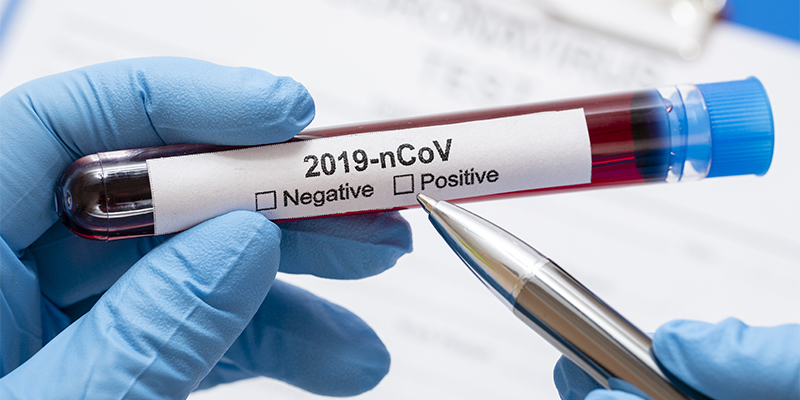In December 2019, a bunch of patients with a novel coronavirus was identified in Wuhan, China. Initially, named 2019 novel coronavirus (2019-nCoV), the virus has now been named SARS-CoV-2 by the International Committee of Taxonomy of Viruses (ICTV). This virus is the causative of the coronavirus disease 2019 (COVID-19) which has brought economies to halt, and billions of people under ‘lockdown’.
Being highly contagious, the virus did not only spread very quickly, but also, caused thousands of deaths worldwide. While the scientific community still struggles to find a cure for the disease, research goes underway, in confirming and developing a vaccine for COVID-19, with the following considerations in mind.
Specimen Considerations
Diagnostic tests for SARS-CoV-2 should be conducted only under expert supervision. Samples must be collected as soon as possible once the decision has been made to go ahead with testing, regardless of the duration of symptom onset.
For initial diagnostic testing for SARS-CoV-2, CDC recommends collecting and testing an upper respiratory specimen. The following are acceptable specimens:
- A nasopharyngeal (NP) specimen
- An oropharyngeal (OP) specimen
- Nasal swab
- Nasopharyngeal wash/aspirate or nasal wash/aspirate (NW)
It must be taken care that specimen collection, must be carefully done by a healthcare practitioner or a well-trained medic. Once the specimen is collected, swabs should be immediately be transferred into a sterile transport tube containing 2-3ml of viral transport medium (VTM) or saline.
Specimen Handling
For clinicians involved in collecting specimen, or who are in direct contact with a suspected or a confirmed SARS-CoV-2 case, it is advised to maintain proper infection control and make use of protective equipment like N95 or higher-level respirator (or facemask if a respirator is not available), eye protection, gloves, and a gown, when collecting specimens.
For laboratory staff who handle specimens, but are not in direct contact with a COVID-19 patient, it must be ensured that PPE modalities like adequate gowning, gloves and eye protection gear is used.
Storage conditions Shipment protocols
Specimens which can be delivered promptly to the laboratory can be stored and shipped at 2-8°C. When there is likely to be a delay in specimens reaching the laboratory, the use of viral transport medium is strongly recommended. Specimens may be frozen to – 20°C, and shipped on dry ice if further delays are expected. It is important to avoid repeated freezing and thawing of specimens. Additionally, general handling, labeling and naming protocols must be followed.

